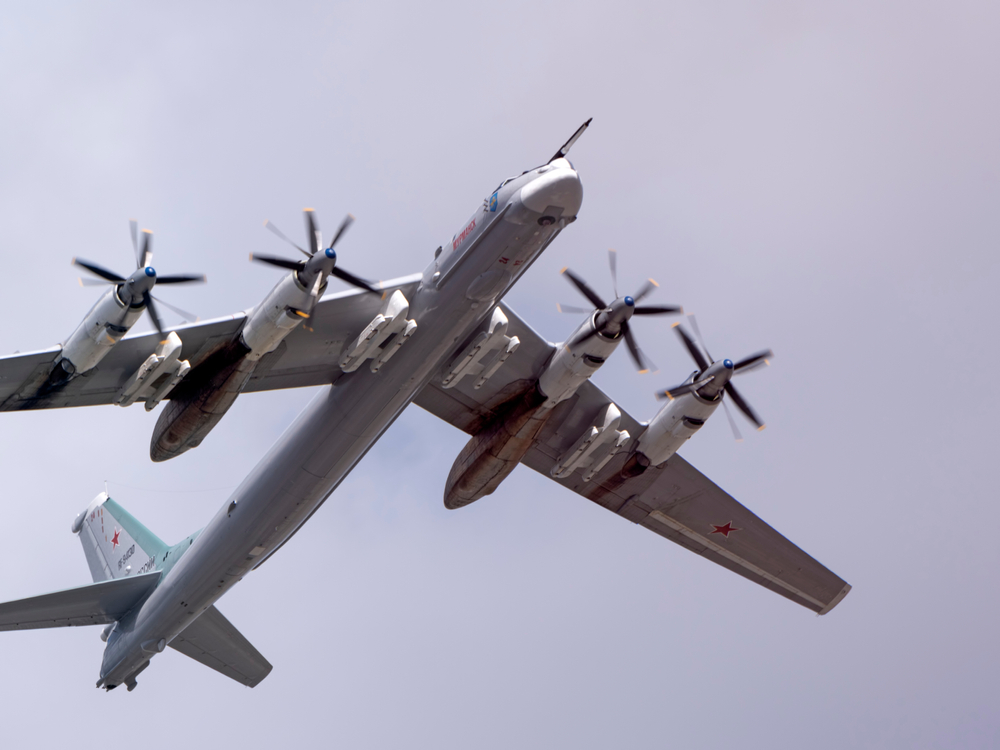Nicknamed the “Bear,” the Tupolev Tu-95 is a long-range strategic bomber.
Others are reading now
The UK Ministry of Defence announced that it deployed fighter jets to monitor a Russian military aircraft detected near British airspace.
Did Not Enter British Airspace
The incident involved a Russian Tu-95 “Bear-F” strategic bomber flying over the North Sea on Thursday.
The Russian aircraft was identified within the UK’s “area of interest” but did not enter British sovereign airspace at any point, according to the ministry’s statement.
The response involved two British fighter jets scrambling to intercept and monitor the bomber, according to Digi24.
Also read
This incident follows a recent sighting of Russian naval vessels in the English Channel. The Royal Navy dispatched several ships to escort the Russian fleet.
“Our adversaries should have no doubt about our unyielding resolve and formidable ability to protect the United Kingdom,” said Armed Forces Minister Luke Pollard in the ministry’s statement.
Tensions in NATO Airspace
Encounters between Russian aircraft and NATO forces have become more frequent in recent years, even before the outbreak of the Ukraine conflict. These incidents often occur over the Baltic and Black Seas, as well as other strategic areas.
In August 2023, British fighter jets intercepted Russian bombers flying north of Scotland within NATO-controlled airspace. Such operations highlight the continued tension between Russia and NATO countries.
Nicknamed the “Bear,” the Tupolev Tu-95 is a long-range strategic bomber powered by four turboprop engines.
Entering service in 1956 with the Soviet Air Force, the Tu-95 remains operational with the Russian Aerospace Forces and is expected to serve until at least 2040.
Remarkably, the Tu-95 is the only propeller-driven strategic bomber still in active use today. Its maritime patrol variant, designated the Tu-142, underscores its versatility in both conventional and strategic missions.
The aircraft saw its first combat use in 2015 during Russian operations in Syria.

